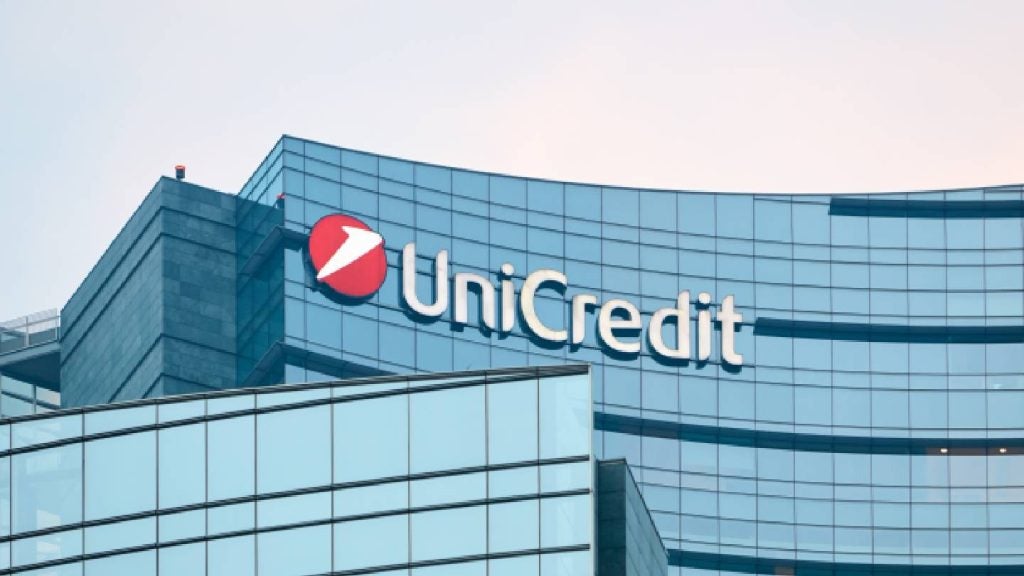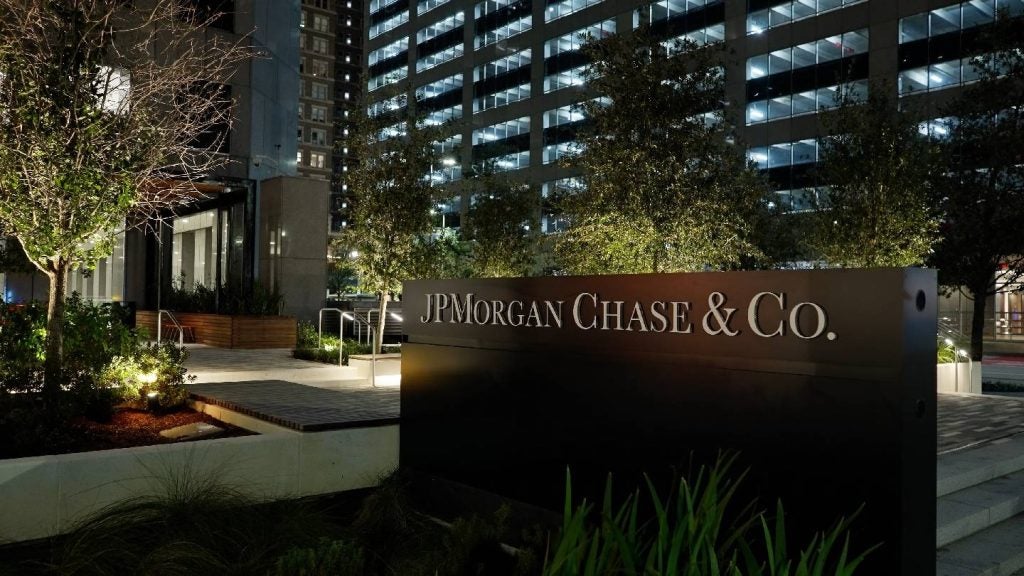Apple first announced that it was partnering with Goldman Sachs to offer consumers a high-yield savings account in October 2022. With a large pool of Apple Card and iPhone customers and an attractive high yield, Apple’s Savings account had significant deposit acquisition potential.
Apple made good on this potential, as within four days of the product officially launching on April 17, 2023, customers had collectively deposited nearly $1bn. Apple has also avoided risking large losses on these deposits by releasing the product in an environment where the effective Fed funds rate exceeds 5%.
A step change for Apple
Apple has been making a concerted effort to enter the financial services space over the past few years. However, the focus thus far has been on payments, with Apple Pay allowing customers to use their iPhones as a contactless card and Apple Cash allowing customers in the US to send one another money via iMessage. The move into the banking sector with the introduction of Apple Savings therefore represents something of a step change in the company’s approach.
For the product to be a success, Apple needed two things: a customer base and a profitable business model. There was plenty of evidence to suggest that the former would be waiting for it if it was to launch a high-yield savings account such as it has.
According to GlobalData’s 2022 Financial Services Consumer Survey, the top three drivers of savings account provider choice are the customer already having another account or product with the provider, the provider having a branch locally, and the provider offering the best overall savings rate. While the second of these clearly could not be serviced by Apple, the first and third very much could be.
An addressable market of 6m+ Apple Card customers
Most customers like a frictionless banking experience. The process of setting up a new account provides one source of friction – deterring customers from adopting a product despite the other benefits it might offer. Apple’s Savings account is open to all Apple Card customers, of which there were at least 6 million in early 2021, according to a survey carried out by Cornerstone Advisors, and likely more today.

US Tariffs are shifting - will you react or anticipate?
Don’t let policy changes catch you off guard. Stay proactive with real-time data and expert analysis.
By GlobalDataEven ignoring this, Apple’s Savings account offers a further level of simplicity for the consumer by being directly tied to the hardware the service operates on. Apple’s Savings account is, therefore, well placed to attract customers on the ground of convenience – but this is not its only draw.
The 4.15% APY interest rate offered by Apple, although lower than some competitors, is significantly above the market average of 0.25% APY, according to comparison site Bankrate. Considering that the third-most important driver of savings account provider choice for US customers is the savings rate, it should not come as a massive surprise that Apple was able to hoover up deposits with its considerably greater interest rate in comparison to the market average.
It is clear then that Apple should have been able to foresee the success of its Savings account in terms of deposit acquisition prior to the product’s release. Was it as easy, however, for it to foresee profitability? Plenty of neobanks, even ones backed by large established institutions, have suffered losses because they have been unable to produce revenue streams capable of offsetting the interest paid on deposits. For example, halfway through 2022, Goldman Sachs was predicting that its digital banking arm, Marcus, would lose the bank $1.2bn by the end of the year.
Savings account success makes Apple more likely to expand FS offerings
Considering that Goldman Sachs is providing Apple’s Savings accounts via a partnership with the tech giant, it seems strange that it would risk a repeat of its Marcus losses. Circumstances in the banking sector have, however, changed significantly over the past year. The Federal Reserve has raised interest rates in the US to levels exceeding 5%, with the interest rate on reserves alone sitting at 5.15%. The figure this time last year sat at 0.9%.
Offering a high-yield savings account 12 months ago would have likely incurred losses, but now by simply taking in deposits at a savings rate below 5%, banks have the opportunity to make a profit. By waiting to release until interest rates were favourable, Apple and Goldman Sachs have ensured that the Savings account will be offered without the risk of incurring enormous losses.
In sum, the success of Apple’s Savings account should not come as a surprise. The product was and is well suited to meet customers’ preference regarding savings account providers. Moreover, by releasing the account now, in the wake of rate hikes by the Federal Reserve, Apple and Goldman Sachs have made sure that they can bear the intake of nearly $1bn in deposits without risking Marcus-level losses. If Apple’s Savings account manages to pull this off and make a profit from these deposits, then it is not unreasonable to expect that Apple will consider what other opportunities lie in the financial services sector.
Yet, it is also important to keep in mind that the product’s business model relies on interest rates remaining above the 4.15% threshold, a situation that is unlikely to last in perpetuity. However, for now at least, the release of a savings account appears to have been a smart move.
Ciaran Yates is an associate analyst, Financial Services, GlobalData








